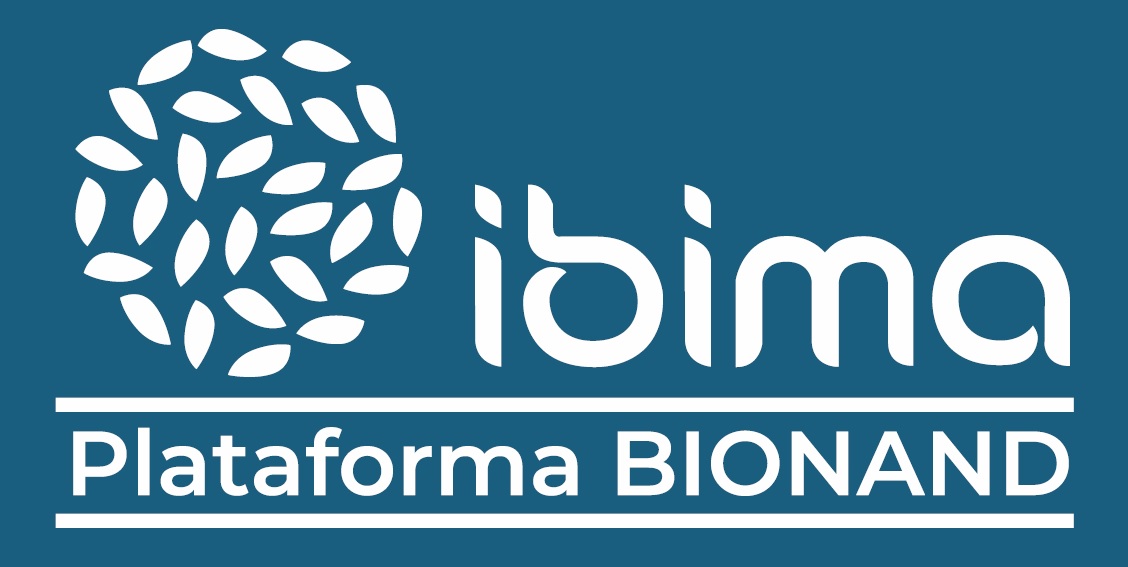Technological Offers
New treatment for Parkinson's disease
Description
Parkinson's disease is an alteration of the voluntary movement of the muscles. This disease is believed to be caused by a degeneration of presynaptic dopaminergic neurons in the brain, and thus the absence of adequate release of the chemical transmitter dopamine during neuronal activity. Currently, the most widely used treatment for Parkinson's disease is the administration of L-DOPA, but patients often suffer from serious side-effects, even when it is given with a peripheral dopa-decarboxylase inhibitor such as carbidopa or benzaseride which, although they limit peripheral side effects, do not completely eliminate them, and also do not stop disease progression. Another alternative form of therapy is to administer postsynaptic dopamine agonists, such as bromocriptine, however this approach is also associated with nervous system side effects. In view of the foregoing, it is clear that there is a continuing need for the provision of safe medications for the treatment of Parkinson's disease and associated parkinsonism disorders. The present invention refers to the administration of a growth factor that, in low doses in an experimental model of Parkinson's disease in mice, demonstrates a clinical improvement, neuroprotective and antioxidant effects, and specifically to its use in the manufacture of drugs. or pharmaceutical compositions with a neuroprotective effect. This new treatment increases the expression of antioxidant enzymes, decreases oxidative cell damage and restores mitochondrial function and morphology, restoring neuronal function. On the other hand, the use of selective agonists of the receptor of this growth factor develops the same effects as the administration of the growth factor studied.
Advantages
This treatment decreases oxidative cell damage in a Parkinson's model, improves mitochondrial morphology and function, and decreases neurodegeneration and symptomatology. First description of the neuroprotective effect of this growth factor receptors..
Applications
The present invention is included within the field of biomedicine. Specifically, in the treatment of Parkinson's disease and other parkinsonisms.
Therapy
IBIMA Plataforma BIONAND inventors
ELISA MARTÍN MONTAÑEZ
Research group of IBIMA involved: C-07
ESTRELLA LARA FERNÁNDEZ
Research group of IBIMA involved: C-07
NADIA VALVERDE MORENO
Research group of IBIMA involved: C-07
DAVID LADRÓN DE GUEVARA MIRANDA
Research group of IBIMA involved: C-01
CARMELO MILLÓN PEÑUELA
Research group of IBIMA involved: C-07
SILVANA YANINA ROMERO ZERBO
Research group of IBIMA involved: A-01
